The Secrets Behind ‘Cocaine Bear’: How a Movie This Wild Became a Huge Hit
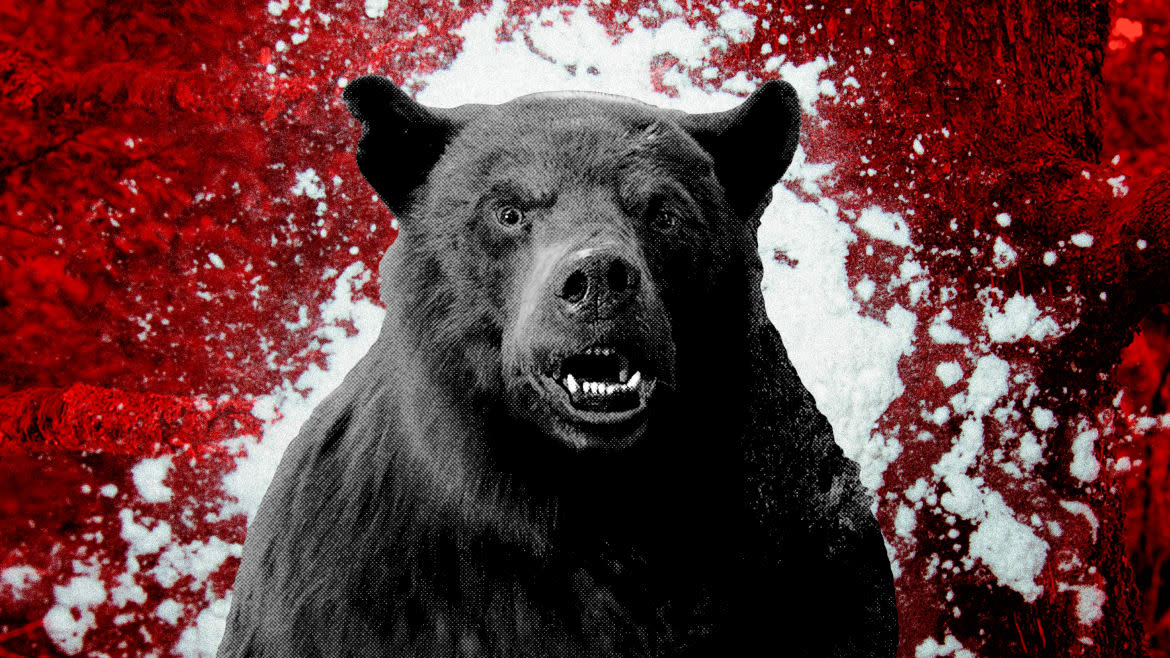
- Oops!Something went wrong.Please try again later.
There are sounds that one hears often during a screening of the new film Cocaine Bear. There are the manic growls of the bear who is hopped up on a brick of the finest Colombian blow. There are the innocent people screaming bloody murder as said high-as-hell bear tears them to pieces while on its ravenous bender. And then there are the sounds not on screen, but all around you, reflexive outbursts that grow into a refrain throughout the entire running time of the movie: people shouting the words, “Oh shit!”
Phil Lord and Christopher Miller, the producers of Cocaine Bear (who are also known for their work on 21 Jump Street, 22 Jump Street, The LEGO Movie, and Spider-Man: Into the Spiderverse) are very happy to hear that. “Oh my God,” Lord tells The Daily Beast’s Obsessed, “I would love it if the audience screamed in unison, ‘Oh shit!’”
While maybe not always simultaneous, it’s safe to say there were a lot of “Oh shits!” screamed out in cinemas over the weekend. The outrageous R-rated horror-comedy earned an impressive $23 million at the box office, a huge haul for an original movie idea in the age of Marveldom and raging sequelitis. (It also was a big win for industry rag headline writers who love drug puns: “Cocaine Bear Sniffs Up $23 Million;” “Moviegoers Addicted to Cocaine Bear;” “Cocaine Bear Snorts Up a $23 Million Box Office Debut.”)
A film this wild and this unapologetic—you have to be a little high on your own supply to just name your movie “Cocaine Bear”—was never going to be a sure thing. Written by Jimmy Warden and directed by Elizabeth Banks, it springboards off of true events: A drug smuggler ditched bags of drugs out of a plane, and a bear found and ate them, eventually dying. While researching this, Warden came across a post on Reddit that said, “There was probably about a five-minute window before [the bear] died where [it] was the most dangerous apex predator on any fucking continent.” From that, Cocaine Bear was born.
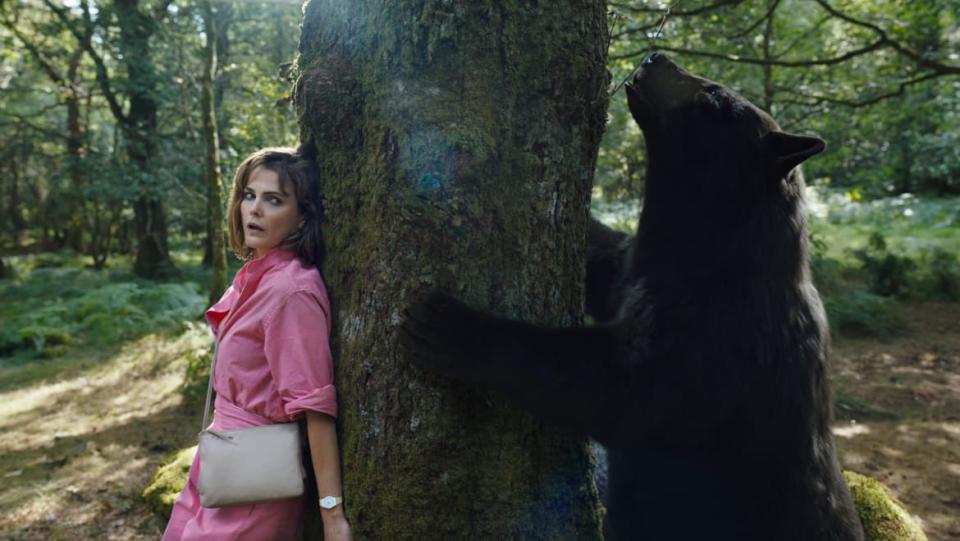
The film features a tangle of interconnecting storylines involving park rangers, criminals on the lam, hiking tourists, and a mom looking for her missing daughter in the woods, all of whom are terrorized by a massive bear fiending for its next hit of coke—and for its next meal. Keri Russell, Margo Martindale, Jesse Tyler Ferguson, Brooklyn Prince, Alden Ehrenreich, and O’Shea Jackson Jr. are on board for the chaos, but they’re star-studded support for what we all bought tickets to see: a drug-addled bear on a rampage.
In an iconic response to a question about what convinced her to sign on for a movie like this, Russell told The Daily Beast’s Obsessed, “I just thought it was such a crazy, let-loose departure from everything we were experiencing at that moment. And I was like, why the fuck shouldn’t we do Cocaine Bear right now?” Touché.
For more expert opinion on why make Cocaine Bear right now and, more specifically, how, we chatted with Lord and Miller. They broke down the complicated nature of nailing a Cocaine Bear tone—it’s trickier than you think—the art of generating major horror-comedy moments, and their fondness for the large CGI bear that became belovedly known as “Cokey.”
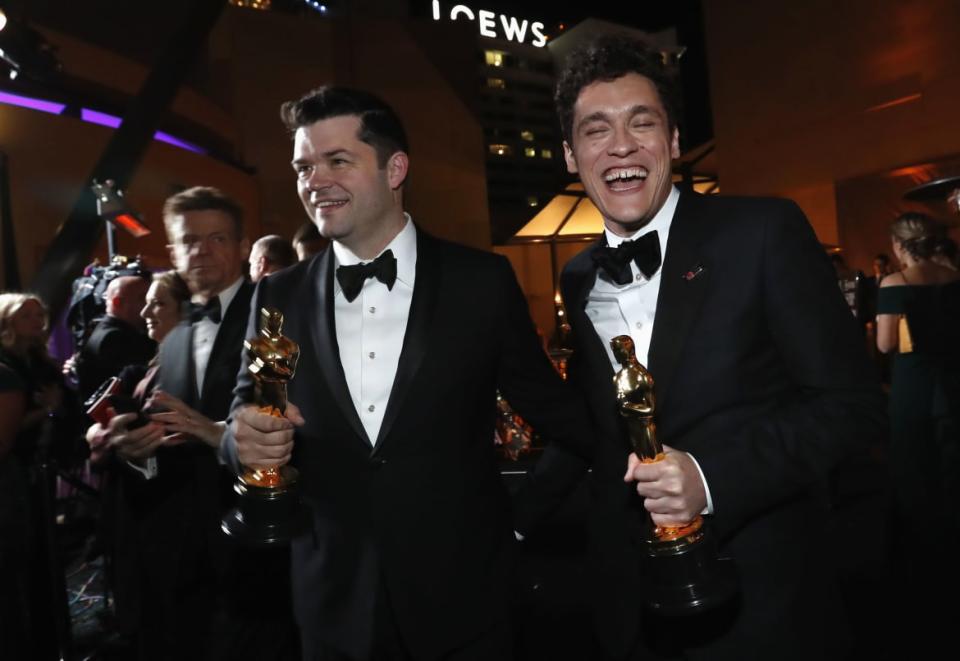
Obviously, this is a film that has a very specific tone. What were the challenges in figuring out exactly what that should be?
Miller: That’s the hardest part about this movie: to nail the tone, mixing comedy and horror. They're very related. They both rely on surprise and shock and taboo and getting an auditory response from the audience. But you don’t want to lean too far as just a pure comedy or just a gory thriller movie. The real challenge is making sure it doesn’t feel schlocky or doesn’t feel like it’s winking at the audience, but it clearly knows what it is and is having a good time.
I feel like the title Cocaine Bear is certainly telegraphing something to the audience about the kind of movie it’s going to be. Why did you keep that as the title? What are you trying to tell the audience?
Lord: You’re telling them that you’re in on the joke. I think you’re telling them that they're getting away with something that their parents or corporate parents don’t want them to see, which I think is really key for a theatrical comedy proposition and I think it’s what makes horror movies still really work. There’s something transgressive about it. But I think, more than anything, it is telling you the movie is friendly. It’s going to surprise and delight you, and it’s going to give you a thrill and cheer you up.
Why Keri Russell Did ‘Cocaine Bear’: ‘Why the F*ck’ Not?
We recently saw with the movie M3GAN how people consume pop culture a bit differently now. Moments from movies and even from their trailers get meme’d, people make gifs out of them, and they go viral, often before a film even hits theaters. Do you think about that, the inevitable memeability of a film like this when you’re making it?
Miller: I think we definitely think about it, as far as you need to make the film distinct, unique, and iconic. You need iconography. I think with M3GAN, that weird costume and the creepy face while she’s doing a silly dance—it’s very iconic. You’ve never seen that before. If it’s just a movie with regular people wearing regular clothes, doing regular things, there’s nothing distinctive, unique, or iconic about it.
If nothing else, M3GAN was certainly distinctive.
Miller: I think about Squid Game and how those costumes and the iconography of that were very, very memorable and easy to spot. You look at a frame of that, you're like, “I know exactly what that is.” And with Cocaine Bear we knew pretty early on that the real star, the protagonist of this movie—even though there’s a million great super-talented actors—is that bear. So we wanted to make sure that we had a lot of memorable moments, so people, when they saw a frame of the movie, they’re like, “Oh yeah, there’s Cokey.”
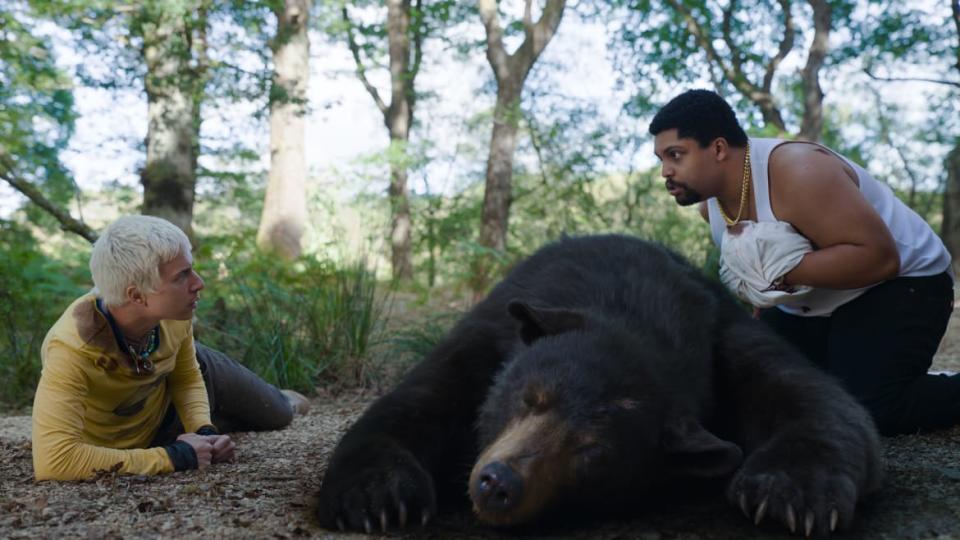
Speaking of Cokey, what are the challenges behind creating a coked-out bear? I’m sure there’s a lot to think about in terms of how far to go, what a coked-out bear would look like, how it would behave, how much to anthropomorphize it…
Lord: I think what epitomizes the behavior we were going for is when the bear is sliding on its back, pushing itself towards Alden. The behavior is credible, in the sense that it looks like a real bear doing something that a bear could do. But you’ve never seen a bear do that in the wild. So Elizabeth spent a lot of time going through captured bear footage that people got when they were hiking to really see what bears do when we’re not looking. That was the target we were trying to hit. We were really lucky we had a spare $10 million and one of the greatest visual effects studios that ever exists on planet Earth in order to execute it. But it was trying to find things that you had never seen a bear do.
Miller: While not being too cartoony, where you stop believing in it. There were some times when we went a little too far, and we had to pull back. And other times we were like, this is too normal. We gotta push it forward.
Phil Lord and Chris Miller on the Sony Hack, Directing 'Spider-Man,' and the 'LEGO' Oscar Snub
There’s also a lot of playing with expectations in terms of the casting. When you hire people like Keri Russell and Margo Martindale, these phenomenal dramatic actors known for a show like The Americans, in a film like this, it’s almost counterintuitive. Was that a purposeful decision?
Miller: Absolutely. We wanted to have people who are really good actors and were credible actors, and were not just comedy actors. But we also wanted people who are also in on the joke, who were able to craft a real performance but be funny at the same time.
Lord: That's why it’s so helpful to have Keri Russell in the movie, just somebody that people go, “I like that person.” An actor who’s really got a lot of moves, but it’s always a really believable and sympathetic person.
Miller: Right. If the cast was full of SNL actors, I think you’d be like, “Oh, this is a parody of a movie, not a real movie.” We didn’t want it to feel that way. We wanted it to be a real movie. Because that is the only way that it succeeds.
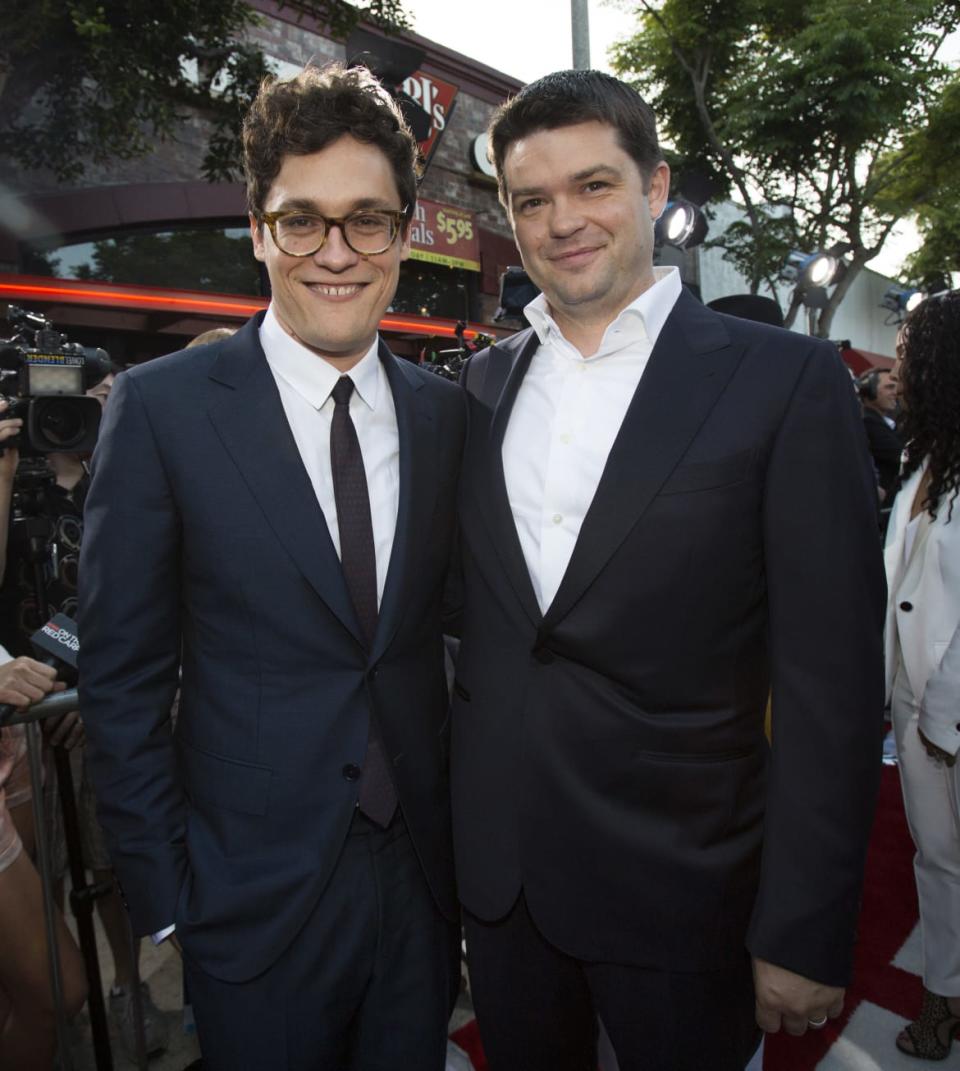
The story that inspired this is wild in its own right, and the kind of true-life, scandalous caper that most Hollywood filmmakers would think, “That’s the movie.” How did you resist that and instead go in a direction like this, which is certainly more unexpected and audacious.
Miller: As we were developing it, it was very clear that the thing you are most interested in, in this telling, was the bear. And when you’re away from the bear for too long, you would get antsy. It was sort of like "get to the dinosaurs," like in Jurassic Park. We’re like, "Alright, give me some dinosaurs." But it’s true that Andrew Thornton III [the real-life smuggler] is a crazy character and his story is nuts. There’s a lot you could do with him. But at the end of the day, you gotta get to the dinosaurs.
Get to the coked-out bear
Miller: Get to the coked-out bear! It's called Cocaine Bear!
Is there a sequence from the movie that’s your favorite? Or that you think really epitomizes what the tone and the direction that the movie was going for?
Lord: I think the ambulance sequence is a masterpiece. It's just so special.
Miller: The thing about that ambulance scene is that it’s funny. It’s gory, it’s exciting. It’s everything at the same time. And it’s rising and rising, and then it gets crazier and crazier. It builds to a crazy crescendo. It really is an immaculately crafted sequence.
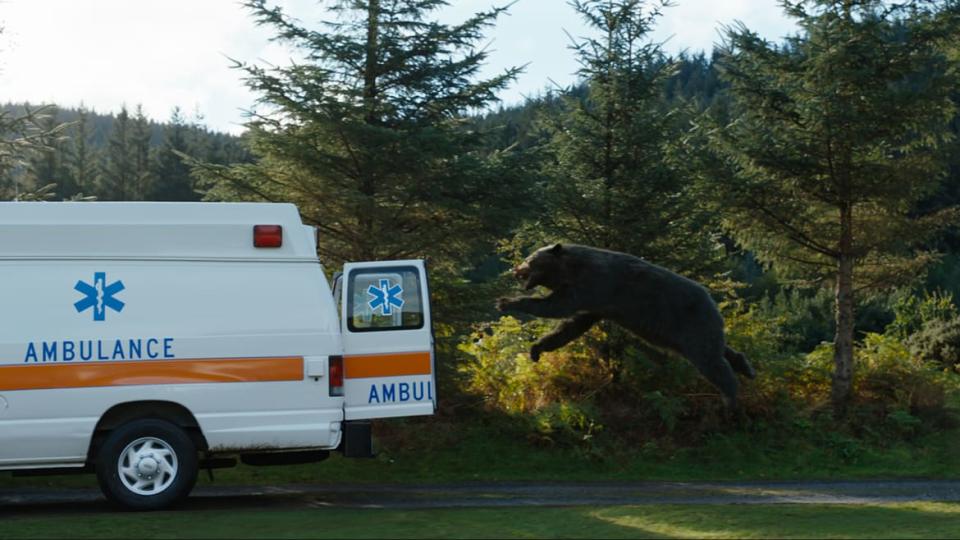
Lastly, if someone was considering seeing the movie, what would you tell them about what to expect? How would you tee them up for a movie like Cocaine Bear?
Miller: I mean, I hope everyone’s coming in tuxedos and ball gowns, because it's a fancy time at the theater. But in addition, hopefully people are going with their friends in large groups and having it be an interactive experience. Because if they want to watch something that gives them a range of feelings, but they're gonna have the best time.
Keep obsessing! Sign up for the Daily Beast’s Obsessed newsletter and follow us on Facebook, Twitter, Instagram and TikTok.
Get the Daily Beast's biggest scoops and scandals delivered right to your inbox. Sign up now.
Stay informed and gain unlimited access to the Daily Beast's unmatched reporting. Subscribe now.

